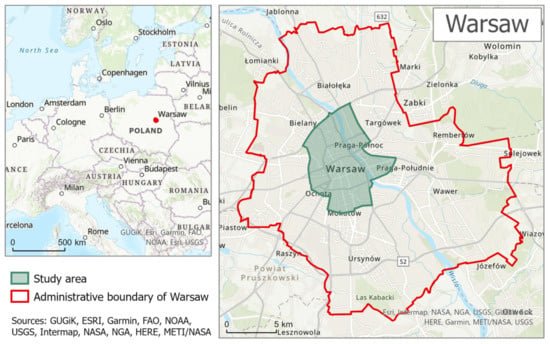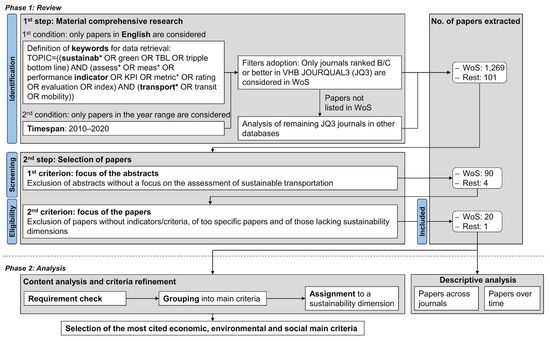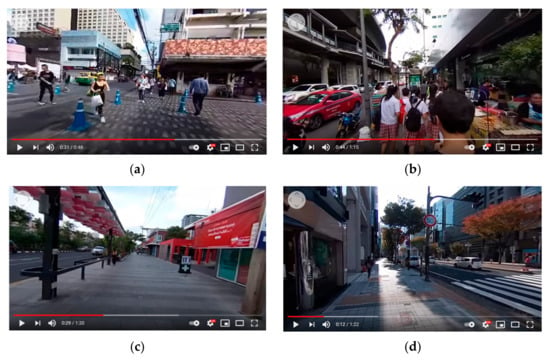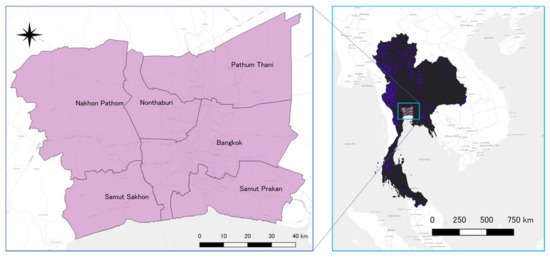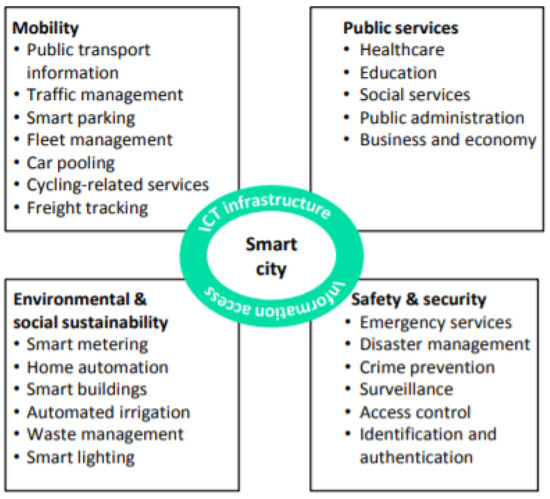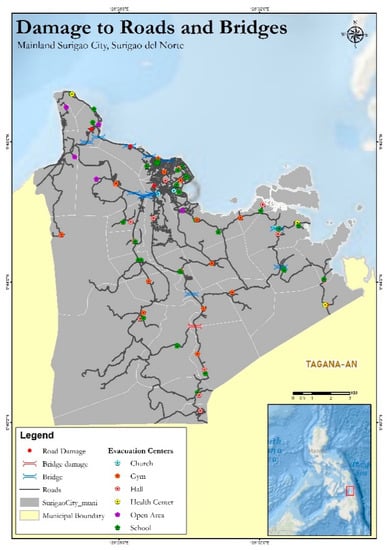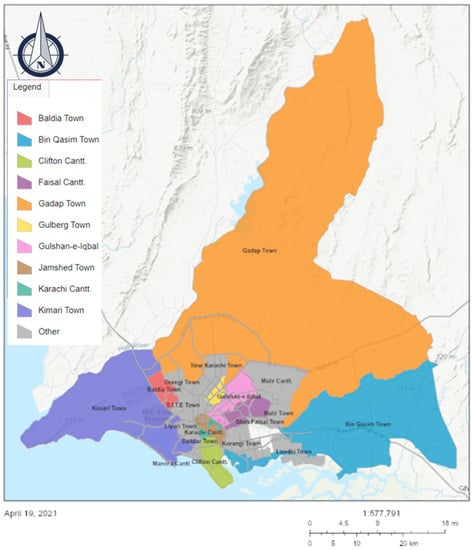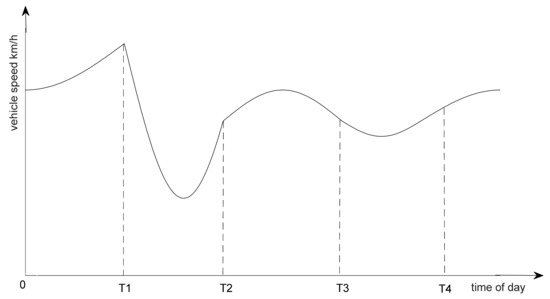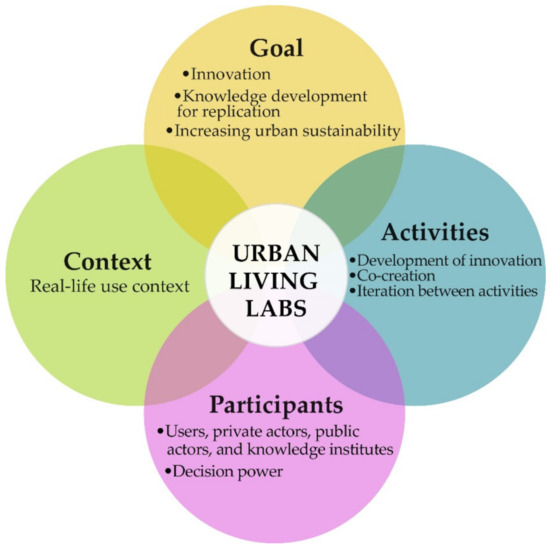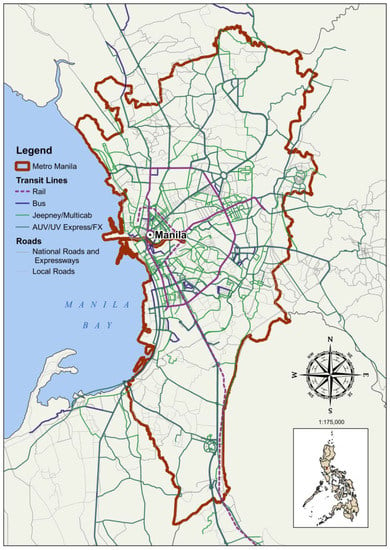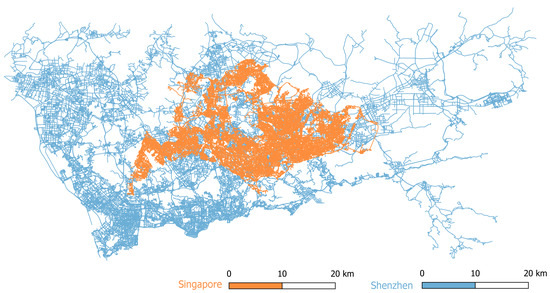Sustainable Urban Mobility Project
A topical collection in Sustainability (ISSN 2071-1050). This collection belongs to the section "Sustainable Transportation".
Viewed by 138259Editors
Interests: mobility design; integrated transport; cross-sector cooperation
Special Issues, Collections and Topics in MDPI journals
Topical Collection Information
Dear Colleagues,
Sustainable mobility is now recognized as a broader topic involving lifestyles, industrial activities, and the organization of cities, and mobilizing disciplines in a transdisciplinary way. It encompasses sociotechnical design, within which mobility design issues are not merely concerned with how to make mobility systems more efficient or how systems affect society, but also with issues such as how social concepts can be integrated in mobility design, encouraging new mobility in terms of both social acceptability and its integration with existing systems.
The Special Issue focuses on:
- Visioning and realizing urban mobility projects as the catalyst for a real paradigm shift toward a sustainable community and society;
- Identifying potential conflicts that could arise when trying to design a mobility system to be sustainable, safe and accessible;
- Materializing the "new normal” and “new local” mobility through a value-rational decision-making process;
- Evaluating the social impact of urban mobility projects on quality of life and productivity, etc.
Prof. Dr. Kenji Doi
Prof. Dr. Alexis M. Fillone
Collection Editors
Manuscript Submission Information
Manuscripts should be submitted online at www.mdpi.com by registering and logging in to this website. Once you are registered, click here to go to the submission form. Manuscripts can be submitted until the deadline. All submissions that pass pre-check are peer-reviewed. Accepted papers will be published continuously in the journal (as soon as accepted) and will be listed together on the collection website. Research articles, review articles as well as short communications are invited. For planned papers, a title and short abstract (about 250 words) can be sent to the Editorial Office for assessment.
Submitted manuscripts should not have been published previously, nor be under consideration for publication elsewhere (except conference proceedings papers). All manuscripts are thoroughly refereed through a single-blind peer-review process. A guide for authors and other relevant information for submission of manuscripts is available on the Instructions for Authors page. Sustainability is an international peer-reviewed open access semimonthly journal published by MDPI.
Please visit the Instructions for Authors page before submitting a manuscript. The Article Processing Charge (APC) for publication in this open access journal is 2400 CHF (Swiss Francs). Submitted papers should be well formatted and use good English. Authors may use MDPI's English editing service prior to publication or during author revisions.
Keywords
- sustainable mobility
- smart mobility
- integrated transport
- urban design
- low carbon
- QoL











